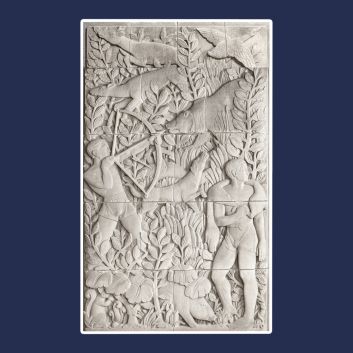Rating and value of works, drawings, paintings by Fernand Léger
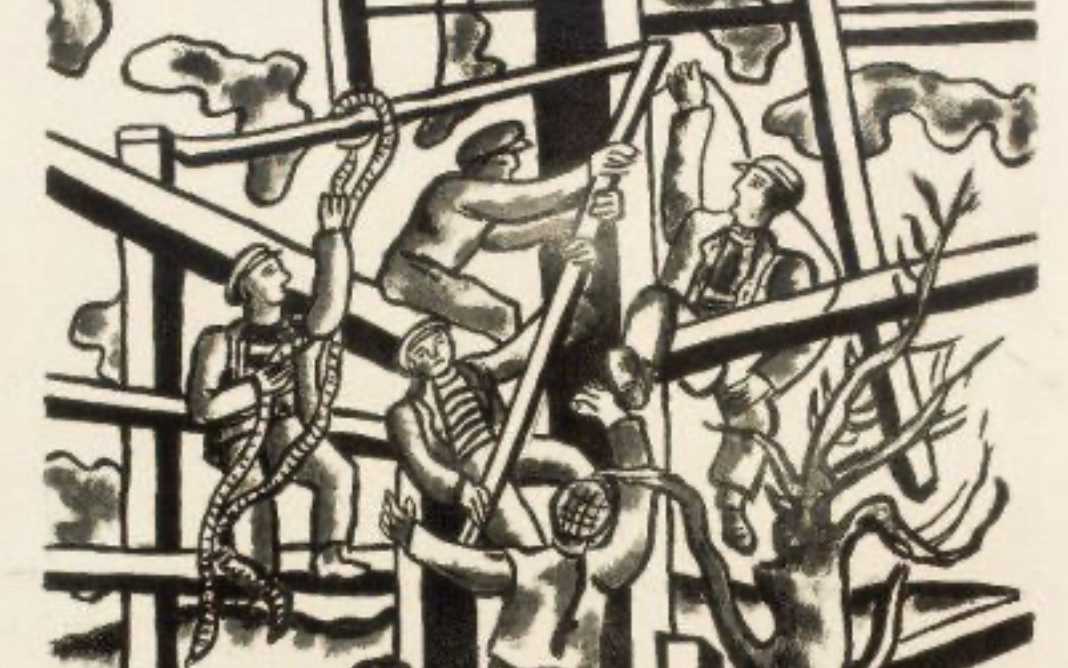
If you own a work by or based on the artist Fernand Léger and would like to know its value, our state-approved experts and auctioneers will be happy to advise you. Our specialists will carry out a free appraisal of your work, and provide you with a precise estimate of its value on the current market. Then, if you wish to sell your work of art, we will guide you towards the best possible means of obtaining the best possible price.
Artist's rating and value
A great master of Cubism, Fernand Léger made his mark on the art market in the early 20th century. A work by Fernand Léger can fetch tens of millions of euros from the auctioneer's hammer, as demonstrated by his oil on canvas Contraste de formes, which sold for over 53 million euros in 2017.
Order of value from a work "after" Fernand Léger to an "authentic" work by Fernand Léger
Technique used | Results |
|---|---|
Print - lithography | From €10 to €30,000 |
Sculpture - volume | From €80 to €790,500 |
Drawing - gouache | From €300 to €2,899,680 |
Oil on canvas | From €6,000 to €53,152,600 |
Response in less than 24h
Artist's style and technique
Fernand Léger was a compulsive draughtsman who produced a large number of works, including paintings, drawings and prints.
Very few of Fernand Léger's pre-1910 paintings survive. Most were lost or destroyed by the artist himself.
Although his style is often associated with Cubism, the artist is distinguished by his search for contrasting forms. Most of his works reflect the theme of the inter-war period, particularly urban agitation, reminiscent of the theory of the Italian Surrealists following Marinetti's manifesto, but also of the machine, a strange, lobotomizing and alienating creature. At the end of the 1920s, female figures made their appearance under his brushstrokes, and after 1930, the artist explored a "new realism" that reflected the images conveyed by the media of the time.

The life of Fernand Léger
Born in Normandy, Fernand Léger (1881-1955) was not a very studious pupil, but showed great talent for drawing. He started out as an apprentice architect in Caen.
In 1900, Fernand Léger arrived in Paris and took free classes at the École des Beaux-Arts taught by painter Jean-Léon Gérôme. He decided to move to the "Ruche" in 1907, where he befriended Robert Delaunay, Blaise Cendrars and Marc Chagall.
Through contact with his counterparts, Léger developed his own style. Although he began his career in the Impressionist tradition, he was inspired by the Cubist research of Pablo Picasso and Georges Braque, changing his trajectory and veering towards Cubism.
In 1913, Fernand Léger signed an exclusive agreement with the renowned art dealer Daniel-Henry Kahnweiler. Thanks to this contract, the artist established himself as a safe bet on the art market, with a stable price tag.
Léger was one of those "called up" to serve in the French army during the Great War, an experience that had a profound impact on his art. His style became more simplified and mechanical, reflecting on the brutality of combat and the mechanization that plagued post-First World War society. This period is often referred to as his "mechanical" period, and is marked by images of machines and stylized human figures.
At the end of the war, he focused on two themes: the city and the machine. Fascinated by modern life, Léger advocated a "new realism" that emphasized the aesthetics of industrial civilization. He incorporated urban signals and mechanical motifs into his compositions, while the human figure was standardized, taking on the appearance of geometric forms.
In the 1920s, several collaborations led Fernand Léger to open up to other creative fields. In 1924, he directed Ballet Mécanique, considered the first film without a script.
Following the outbreak of the Second World War, Léger fled France for the United States. During this intense and stimulating period, he invented the principle of "color outside", enabling him to surround shapes and emphasize their contrast with the background.
At the end of his life, Léger was driven by the ideal of "art for all". He embarked on monumental projects, both public and religious.
Fernand Léger's imprint on his era
Fernand Léger succeeded in creating a unique style of painting that reflected the energy of his time, and made unrestrained use of contrasts of form and color, the keystone of his artistic style.
Fernand Léger became a major player in the avant-garde, and the ensemble enabled him to develop his theory of contrasts, contrasting straight and curved lines, flat and modelled surfaces.
His signature
Although there are variations, here is a first example of its signature:

Appraising your property
If you happen to own a work by or after Fernand Léger, don't hesitate to request a free appraisal by filling in our form on our website. A member of our team of experts and certified auctioneers will contact you promptly with an estimate of the value of your work, and will provide you with all the relevant information. If you're thinking of selling your work, our specialists will also be on hand to offer you alternatives for selling it at the best possible price, taking into account market trends and specificities.
Response in less than 24h
Related topics
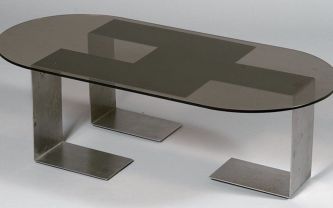
Rating and value of furniture, armchairs, coffee tables from Fran...
François Monnet is a twentieth-century French architect and designer whose furniture has become increasingly popular and valuable at auction.
Read more >
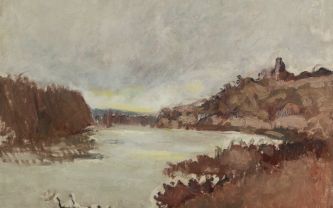
Rating and value of paintings by André Bar...
André Barbier is a twentieth-century Impressionist painter who produced paintings that are highly valued at auction.
Read more >
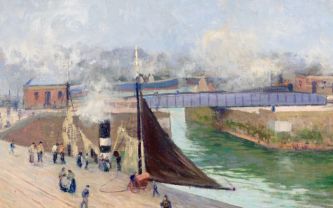
Cote et valeur des tableaux, dessins, peinture de Paul Madel...
Paul Madeline est un peintre postimpressionniste qui a produit de nombreux tableaux dont la cote et la valeur sont élevées aux enchères.
Read more >
Secure site, anonymity preserved
State-approved auctioneer and expert
Free, certified estimates
